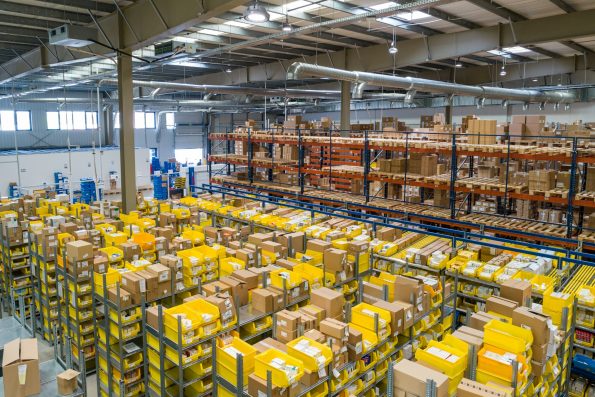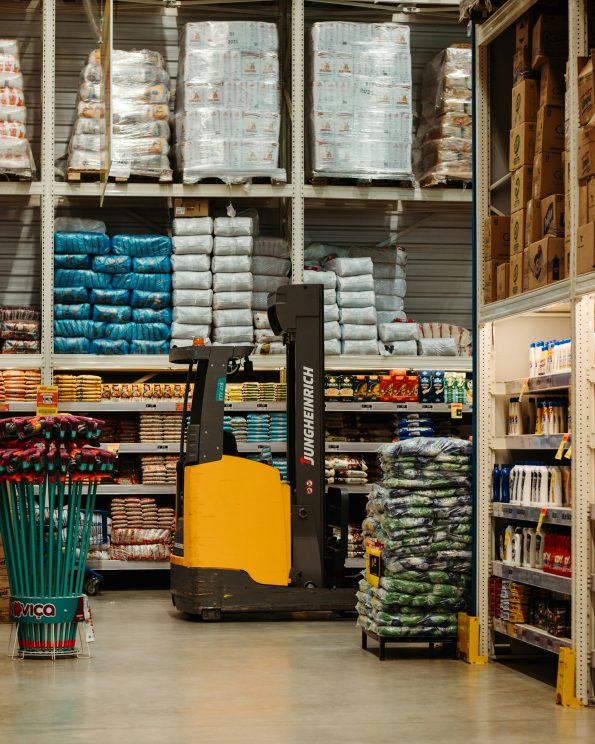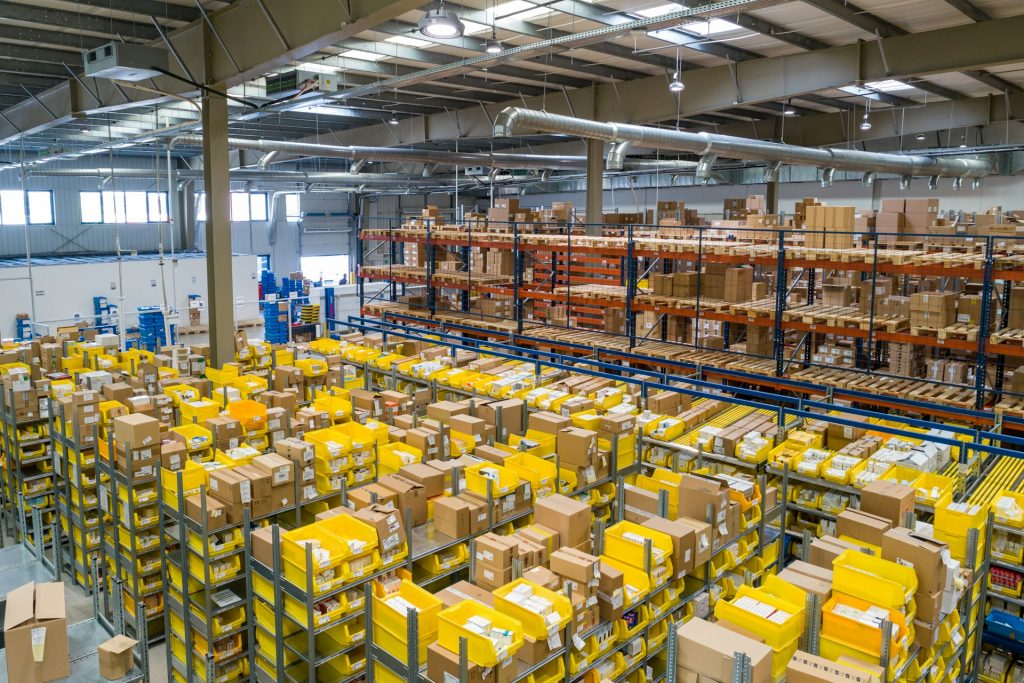Best Practices for a Safe, Accident-Free Warehouse
According the the US Bureau of Labor Statistic, over 38,000 injuries happen in warehouses every year. Each accident could have dramatic consequences, from productivity drop, loss of goods, high warehousing repair costs, and even fatalities. While there are only 2% of fatal injuries occuring in warehousing, there’s no doubt that this is 2% too many.
Safety is a top priority in the warehousing industry, where efficiency and precision go hand in hand. Creating a secure workplace involves a combination of proper staffing, investing in the right equipment, maintaining safe surfaces, providing personal protective equipment (PPE), and offering comprehensive training. Let’s delve into these crucial aspects to ensure a safer environment for everyone.

Staffing Smartly
One of the fundamental pillars of warehouse safety is having the right people on staff at all times. This may sound simple but issues could happen, especially if the warehouse manager is led to believe that some people are on site while they are not (or the other way round).
To avoid issues like buddy punching or untracked presence on site, you need to consider implementing a reliable attendance tracking system. Having a clear and accurate overview of the presence on-site can make a huge difference in the event of emergy evacuation or even accidents that occur out of sight. This could be as simple as electronic time cards or biometric scanners. By doing so, you not only prevent time theft but also enhance overall accountability.
Investing in the Right Equipment
Equipping your warehouse with the right tools is vital for safety and efficiency. Forklifts, for instance, are indispensable, and investing in attachments that enhance their functionality can significantly reduce the risk of accidents. Forklift attachments like side-shifters and fork positioners improve maneuverability, making it easier to handle loads safely.
Regular maintenance checks for all equipment ensure they operate at their best, minimizing the chances of unexpected breakdowns.

Secure Walking and Working Surfaces
Slips and falls are common workplace accidents. To mitigate these risks, prioritize maintaining safe walking and working surfaces.
You need to ensure that all areas are well-lit, and any spills are promptly cleaned. Consider as well implementing non-slip flooring in high-traffic zones and areas prone to wet conditions. Finally, regular inspections and maintenance of flooring can prevent accidents, creating a safer environment for everyone.
Providing Relevant PPE
Personal Protective Equipment (PPE) is a non-negotiable aspect of warehouse safety. Equip all staff with the necessary gear, including helmets, high-visibility vests, gloves, and steel-toed boots. Tailor the PPE to the specific tasks performed in your warehouse. By doing so, you not only comply with safety regulations but also protect your team from potential hazards.
Comprehensive Training
Knowledge is a powerful tool in preventing accidents. Employers need to provide thorough training for all staff, focusing on equipment operation and handling hazardous substances. Everyone must understand the importance of following safety protocols and procedures. It doesn’t hurt to add regular refresher courses to reinforce these practices, keeping safety at the forefront of everyone’s minds.
In conclusion, a commitment to safety in the warehousing industry requires a holistic approach. From accurate attendance tracking to investing in top-notch equipment, maintaining safe surfaces, providing relevant PPE, and offering comprehensive training, each aspect plays a crucial role in creating a secure workplace. By prioritizing safety, you not only protect your team but also contribute to a more efficient and productive warehouse environment.

